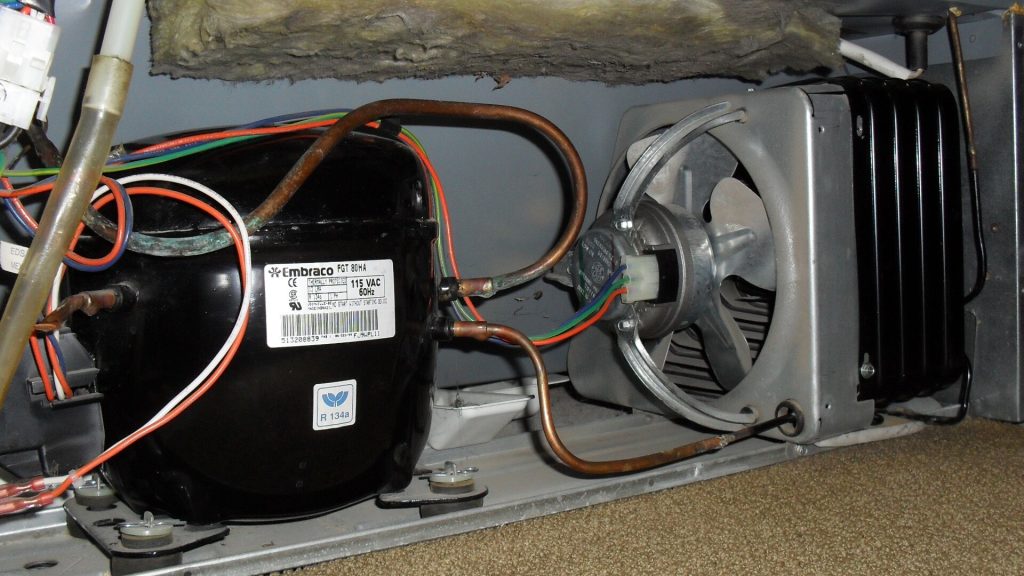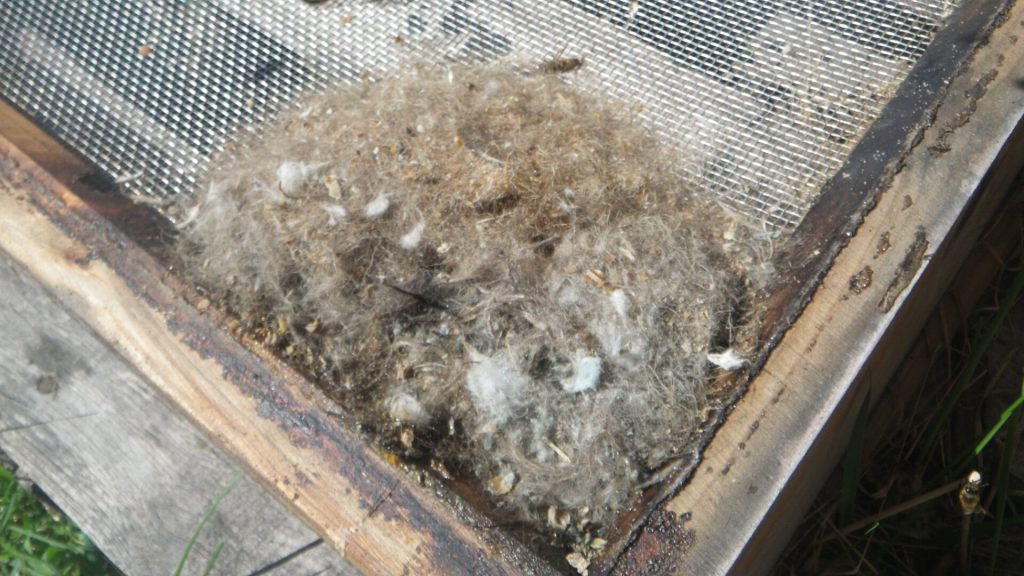Home maintenance can be daunting if you don’t know what you’re doing, but neglecting it is even worse. Each home has things that need to be done regularly to ensure its safety and wholesomeness. But what are the most important ones to take care of? Let’s dive into these vital home maintenance tasks you shouldn’t overlook.
Test Your Sump Pump Often
Sump pumps are a crucial part of avoiding basement flooding. You should check it every so often by putting some water into the basin and ensuring that the pump extracts it. You should also ensure your sump pump has a vertical float switch.

If you don’t test your sump pump often, you will have issues if water gets into your basement. The pump should automatically activate to expel the water. If it doesn’t, you’ll spend a lot of time using your wet-dry vac and fans to ensure your carpets dry out.
Check Water Pressure Often
Most people don’t think twice about their water pressure valves and assume everything is in proper working order. This complacency can lead to disaster since high water pressure can rupture pipes, valves, and even appliances.

Checking your water pressure isn’t a difficult task and can be done relatively quickly and easily. A simple pressure gauge can tell you what the current water pressure is. If it’s too high, you can always install a pressure-regulating valve. However, you should also check on this regularly.
Clean Weep Holes in Windows
Most windows have weep-holes installed along the bottom of the frame. These are so that when water collects along the bottom, it can drain to the outside of the house. However, with time, these may become clogged by debris.

To test the weep holes in your windows, pour water along the bottom of your window frame. If there isn’t a steady stream of water exiting the weep holes, you must clean it. You can accomplish this with a wire hanger or some compressed air. Once you’ve cleaned it, rerun the water and ensure it’s clear.
Refrigerator Condenser Coils Should Also be Cleaned
Refrigerators use condenser coils to keep things cool and dissipate the heat from inside of them. They are usually located across the bottom or the back of the fridge. Because of this inconvenient location, they sometimes become lodged with dust and debris, making it harder to dissipate heat.

All it takes to clean these condenser coils is a cleaning brush and a vacuum. A coil-cleaning brush will get between the coils, allowing you to get all the gunk out. The coil brush is easy enough to get at your local appliance store or online. The vacuum will help keep the floor around your fridge clear of dust.
Check and Clean Window Wells Often
Basement-level windows usually have window wells that help to keep the windows protected. However, these wells are a double-edged sword since they can serve as a receptacle for debris that drains from your gutters.

Gutter draining can come with a lot of debris, like leaves and twigs. They can clog the drainage on the window wells, leading to pressure buildup. Once the pressure gets too much, the basement windows will rupture and flood your basement. Keeping the wells clear, especially in heavy rain, is necessary.
Clear Sediment From Water Heaters
All water heaters eventually collect sediment at the bottom. Most people don’t know that draining the sediment can actually increase the water heater’s lifespan. Leaving the sediment in the tank causes buildup, eventually resulting in leaking and even malfunctions.

Sediment can also take up some of the specific heat capacity of the heater, meaning you’ll have to put more energy in to get the water heated up. Draining the sediment ensures you have a more energy-efficient heater that is less likely to just fail at an inopportune moment.
Check and Lube Your Garage Door Springs
Garage doors have torsion springs mounted above the roller tracks. Springs can stand a lot of wear and tear, but they will eventually break. If you lubricate them, however, you reduce their exposure to the elements and extend their lifespan significantly.

You don’t need to check on them very often, either. Lubing them once a year is enough to deal with general wear and tear. Using a spray is the best way to coat the springs, but be careful. Before spraying oil on your springs, line the back with cardboard to protect it from the droplets.
Keep An Eye Out for Mice Nests
Mice are an ever-present danger to appliances. They enjoy spending winter in enclosed spaces, old cardboard boxes, and the hidden corners of your furniture. If you’ve got furniture or old appliances stockpiled somewhere for a while, you should check if mice nests are there.

Clearing out mice nests is simple – just remove them from wherever they are hiding. If the mice are present, you may have a more challenging time of it and may need to call in an exterminator. It’s worth it to protect your appliances and even house wiring. Some house fires have been linked to mice gnawing on the wires.
Clean Your Dryer Vent To Avoid Wasted Energy
Electricity bills have skyrocketed, and conserving energy should be on every homeowner’s list of priorities. To help manage energy costs, cleaning your dryer vent is a simple, cost-effective way to spend less money on electricity. Lint is the most common culprit causing clogged dryer vents, but it’s not the only one by a long shot.

Nesting pests and exhaust hood flappers also contribute to clogs. If you have significantly longer dry times and your dryer retains odors, it’s a good sign you should check your vent for clogs. Cleaning kits with a brush and rod can work alongside a wet/dry vac for cleaning.
Paying Attention Saves Time and Money
The most important part of maintenance is knowing when it’s due. Some things, like cars and air conditioning units, have a specific time to perform maintenance. However, other things, like dryers, don’t, and it’s up to the user to be aware.

Keeping track of your appliances and noticing telltale signs can hint at what needs to be maintained. Regular maintenance is an excellent way to save money in the long run and have your appliances operating much longer.






